滑铁卢集装箱酒店,伦敦,英国
建筑设计:杜恩-西尔弗-克尔建筑事务所

图1 外景/Exterior view(摄影/Photo: Edmund Sumner)
在与客户第一次会面时,我们就已经对该方案的潜力充满期待。它不仅仅是一个独立的项目,并且有潜力成为未来的居住模式。“集装箱酒店”的设计方案现已一举成为其他项目的原型。我们的客户热衷于可持续发展和再利用,而他们的集装箱情结开始于“大象堡艺术品”项目(同时期的孵化器计划)。此外,我们也在伦敦的诸多重建区探索着此类项目。
要实现独特且颠覆传统的想法,就得直面挑战。由于靠近滑铁卢车站,安全问题和噪音问题让这次挑战难上加难。为了克服这些问题,我们与其他相关人员紧密合作,并采用了先进的材料及设计方案。
这座创新型5 层模块化体量着重于简朴性、坚固性、耐用性,设有20 间客房/公寓。每间均由一个可回收的30 英尺集装箱组成。该设计的一个关键元素便是“拥抱周围的城市环境”。因此,为了与其保护区的位置保持一致,该项目的高度不对街景造成任何干扰,这些集装箱被漆成白色,向下马什路沿街的那些灰泥房子致敬。酒店的外部则采用了醒目的立面——“突出的翼鳍”作为雕塑,这种焊接钢幕既可以保护隐私又能遮阳。这种多面体幕墙让建筑在不同角度呈现出不同的外观,为酒店贴上了独特的标识。每片鳍的内面都为深橙色,呼应了集装箱的耐候钢材质。这两种颜色的选择也与下马什路的白色灰泥及红砖立面等两大用材相呼应。每间公寓的窗户均为简单的固定式高性能层压双层玻璃,并利用半色调玻璃块来遮挡窗户的下半部以保护隐私。底楼的接待区和“Unwined”酒吧为当地人和下马什路上的游客打造了一个有趣的新去处。
酒店半封闭式的背面方便客人欣赏伦敦南岸地区的广阔天际线,包括伦敦眼等地标。不过,考虑到酒店后方紧邻西南干线铁路,DSK 事务所采用了各种措施来尽量减少振动和噪音。每一层都使用了不同密度的专用隔音橡胶垫,而事务所指定的高性能房门则完美解决了噪音和安全问题。
该项目被设想成一个精致的外壳,平衡了其物理坚固性及其最终所需的触觉改进。
集装箱的内部由石头以及染色或天然胶合板等自制表面覆盖,高性能的材料可使内部尺寸、耐久性和寿命最大化。为了确保每间客房均能符合相应的建筑法规,DSK 事务所进行了大量研究。每个集装箱内都装有内部钢箱式框架,来加强其被拆除的原有部分,且都增加了绝缘处理和防火内衬——每个集装箱实际上都是独立的结构。
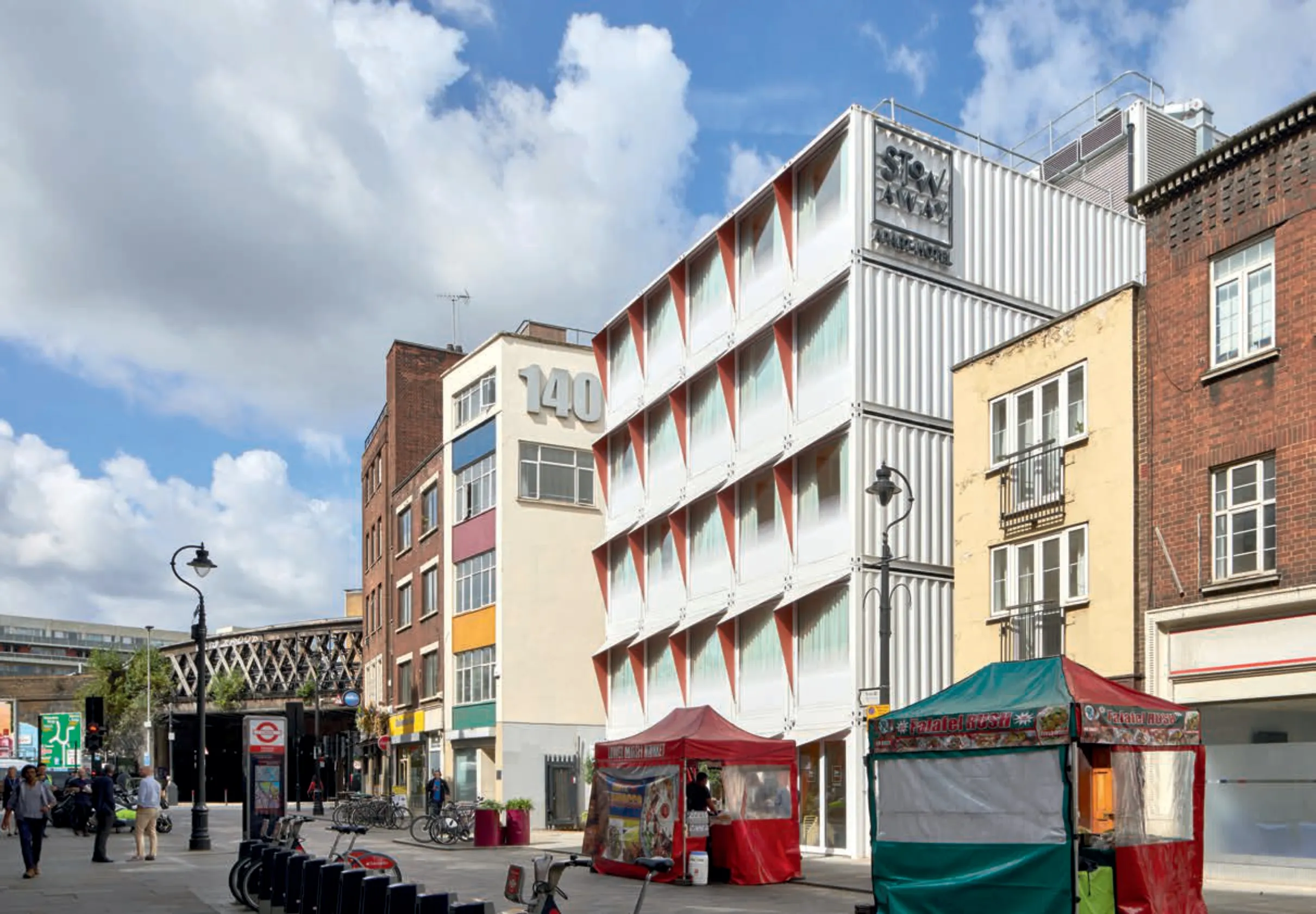
图2 外景/Exterior view(摄影/Photo: Edmund Sumner)
DSK 事务所采用简单而紧凑的布局优化了每间客房的空间、使用体验和功能,并配以木材和大理石等高品质的天然饰面。空间的有效利用使得厨房配备齐全——洗碗机、水槽、微波炉、便携式电炉以及刀叉餐具、陶制餐具和炖锅一应俱全。此外,床采用了多功能设计,而墙上的软垫则为客人观看电视提供便利。事务所还运用了柔和的色彩模式,从亮到暗微妙地转换着,营造出更宽敞的空间感,以避免“隧道效应”并提升客人的舒适感。
这一行业习惯于使用新产品,而非二手产品。然而,回收利用是资源利用规范的一部分,即充分发挥产品的潜能。通过使用二手(非新预制)集装箱,我们节约了能源与自然资源。这样一来,还降低了原材料的成本。据了解,这些集装箱源自荷兰,随后被运往土耳其。它们被当作“废品”出售——意味着不再具有气密性。集装箱原长40 英尺,被砍至30 英尺,并在外部场所完成加工。40 英尺为最常见的尺寸,我们采用高柜集装箱来尽可能提高天花板的高度。该设计使用了国际标准的 30 英尺高柜集装箱,其外部尺寸为:长9125mm,宽2438mm,高2896mm。
我们原计划在场外完成集装箱饰面的所有安装,但由于项目进度延误且受通往威斯敏斯特桥路的高速工程影响,饰面最后在现场压平打包并安装。此外,我们不仅使用了其他有趣的可持续性材料,比如以FSC 森林认证的木材作为衬板和内部家具,通常还会尝试在该项目中指定使用二手或可回收材料。光伏板也被安装在屋顶层。
团队对集装箱抱有共同的浪漫认识,它们的构造特性与无限潜力远超于其工业寿命。酒店的第一批客人是一个家庭,他们很喜欢睡在集装箱里,孩子们更是不舍离开。这样一来,我们便觉得自己做对了。项目最终变成了很上镜的建筑,这似乎也不错。□(王单单 译)

图3 外景/Exterior view(摄影/Photo: Edmund Sumner)
We were passionate about the potential of the scheme from our first meeting with the client,not only as an individual project but its potential for future living models. The design resolution of Stowaway has become prototype for other things to come. Our client is passionate about sustainability and repurposing. Their enthusiasm for shipping containers started at Artworks in Elephant and Castle (a meantime incubator scheme) and we have explored similar schemes in a number of regeneration areas across London.
Creating something unique and unconventional is always challenging…a challenge exacerbated by the site's close proximity to Waterloo Station with its inherent security and acoustic issues. Close collaboration with other stakeholders as well as the use of advanced materials and design solutions meant that the scheme could overcome these challenges.

图4 总平面/Site plan
With a focus on simplicity, robustness and durability, the innovative 5-storey modular development consists of 20 rooms/apartments, each formed from a recycled 30ft shipping container.A key element of the design was to embrace the surrounding urban environment. In keeping with its conservation area location the height of the scheme is not disruptive on the street scene, and the containers are painted white as a nod to the stucco fronted properties along Lower Marsh. The hotel's exterior also employs a striking façade of projecting fins, applied as a sculptural, welded steel screen that assists both privacy and solar-shading. Providing the hotel with a distinctive identity, the faceted screen alters the appearance of the building when viewed from different angles, the deep orange interior facet of each fin referencing the weathering steel of shipping containers. The two colours chosen were also a reference to the materiality of Lower Marsh which are predominantly white stucco or red brick facades.The windows to each apartment comprise a simple,fixed high-performance laminated double-glazed unit,with a halftone frit to obscure the lower part of the window for privacy. At ground floor level, a reception area and wine bar (Unwined) offer an exciting new destination for locals and visitors to Lower Marsh.
The semi-enclosed back of the hotel enables guests to view the wide skyline of London's Southbank area, including landmarks such as the London Eye. However, given the proximity of the South Western Main Line immediately adjacent to the hotel's rear, DSK's design includes various measures to carefully mitigate against vibrations and sound. Specialised acoustic rubber pads of varying densities have been applied to each floor and the practice has specified high performance doors that address both acoustic and security issues.
The project was conceived as a refined shell which balances physical robustness and the haptic refinement necessary for its end use. The interiors of the containers are clad with self-finished surfaces such as stone and stained or natural plywood,optimising high-performance materials to maximise internal dimensions, durability and longevity. DSK undertook extensive research to ensure each room meets appropriate building regulations. An internal steel box frame is installed in each container to strengthen it where any original part is removed,and each is insulated and lined for fire resistance –every container is effectively its own building.
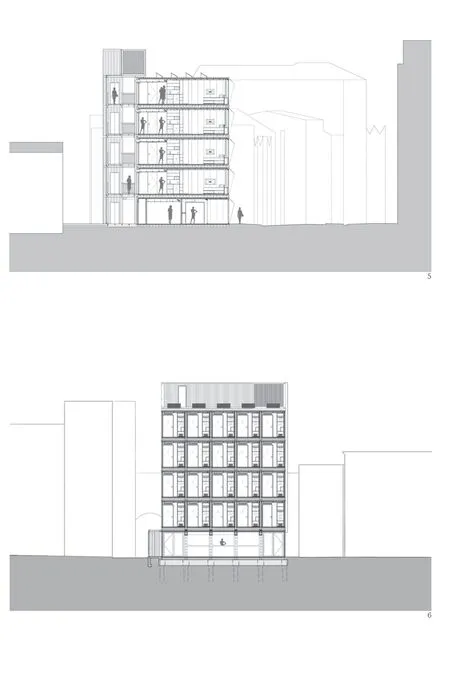
图5 .图6 剖面/Sections

图7 -9 内景/Interior views(摄影/Photos: Edmund Sumner)

图10 首层平面/Ground floor plan

图11 二层平面/First floor plan

图12 走廊实景/View of the corridor(摄影/Photo: Edmund Sumner)
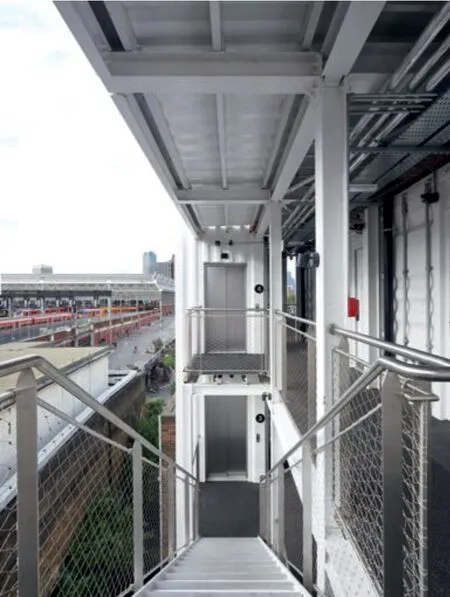
图13 楼梯和电梯实景/View of the stair and elevator(摄影/Photo: Edmund Sumner)

图14 电梯实景/View of the elevator(摄影/Photo: Edmund Sumner)
DSK has optimised the space, use and function of each room with a simple, restrained configuration,detailed with high-quality, natural finishes such as timber and marble. The efficient use of space enables the provision of a kitchen – complete with dishwasher, sink, microwave, portable hotplate, and a set of cutlery, crockery and saucepans. The bed is designed to be multi-functional, with wall cushions to adapt for TV viewing. DSK has also employed a muted colour palette that subtly shifts from light to dark to evoke a greater sense of space, and to further ensure guest comfort by preventing a "tunnel effect"sensation.
The industry is more used to specifying new rather than sourcing second-hand, however,recycling is part of the ethic of resource efficiency i.e. of using products to their fullest potential.By utilising used shipping containers rather than newly prefabricated units we're conserving energy and natural resources and in this case we are also benefitting from cost reductions in the raw material.We understand the containers for the project were sourced from the Netherlands and shipped to Turkey. The containers were purchased as "end of life" units which means they no longer achieve airtightness. The containers were 40 ft long and cut down to 30 ft, made good and finished in an offsite facility. 40ft containers are the most common dimension and we used high cube containers to maximise the ceiling height. The standard ISO 30'High Cube Container which our design is based on has the following external dimensions: Length -9125 mm; Width - 2438 mm; Height – 2896 mm.
The container finishes were designed to be fully fitted out off site, however due to programme delays and highways works to Westminster Bridge Road,the finishes were flat packed and fitted out on-site.Other notable sustainability features include the use of FSC certified timber for the linings and builtin furniture, and we generally tried to specify either recycled or recyclable materials for the scheme.Photovoltaic panels are also installed at roof level.
The team has a shared romantic vision for shipping containers, their tectonic qualities and endless potential beyond their industrial life.Meeting some of the first guests, a family so enamoured with sleeping in their shipping container their children didn't want to leave, felt like we have got it right; it also doesn't hurt that it turned out quite photogenic.□

图15 遮阳细部/Solar shade detail

图16 .图17 外立面局部/Façade(摄影/Photos: Edmund Sumner)
项目信息/Credits and Data
地点/Location: Lower Marsh, London SE1
客户/Client: Stow Projects & Ciel Capital
功能/Programme: Aparthotel/Wine Bar
主持建筑师/Principal Architects: Ross Kerr, Sean Bignold/Doone Silver Kerr (DSK)
总承包商/Main Contractor: CMT Construction
结构设计/Structural Engineer: Price & Myers, JMS Consulting Engineers
机电顾问/M&E: Ferguson Brown
声学及楼宇控制/Acoustics & Building Control: MLM
消防设计/Fire Engineer: WSP
可持续设计/Sustainability: Stroma
合作设计/Collaborator: Co-db (Unwined酒吧部分装修/Unwined fit-out)
项目面积/Project Area: 525 m2GIA
建筑面积/Floor Area: 474 m2
项目开始时间/Project Start: 2016.05
施工开始时间/Construction Start: 2017.08
建成时间/Completion Time: 2019.01
绘图/Drawings: Doone Silver Kerr (DSK)
摄影/Photos: Edmund Sumner
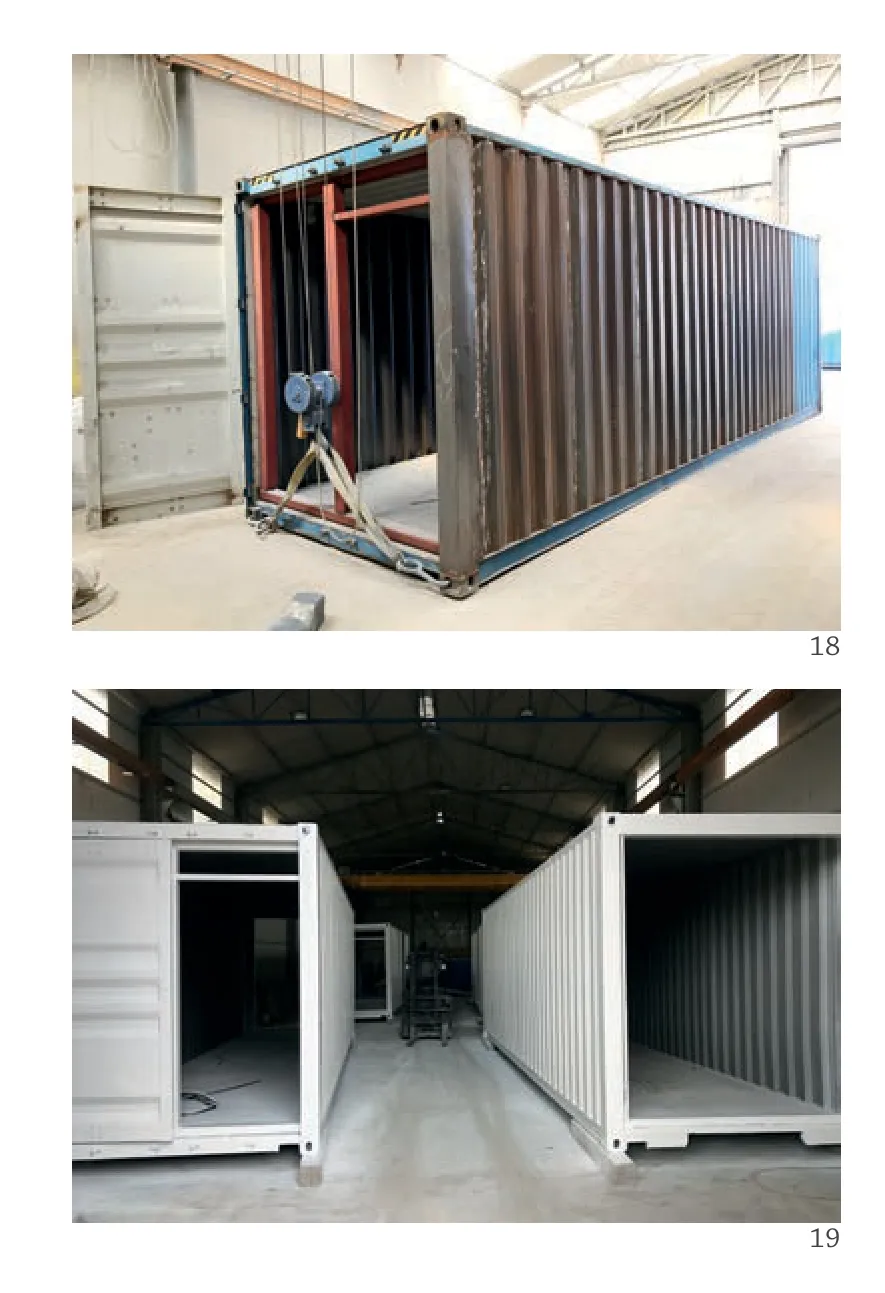
图18 .图19 回收的集装箱/The recycled containers(摄影/Photos: Edmund Sumner)

图20 标准集装箱框架细部/Frame detail of typical container
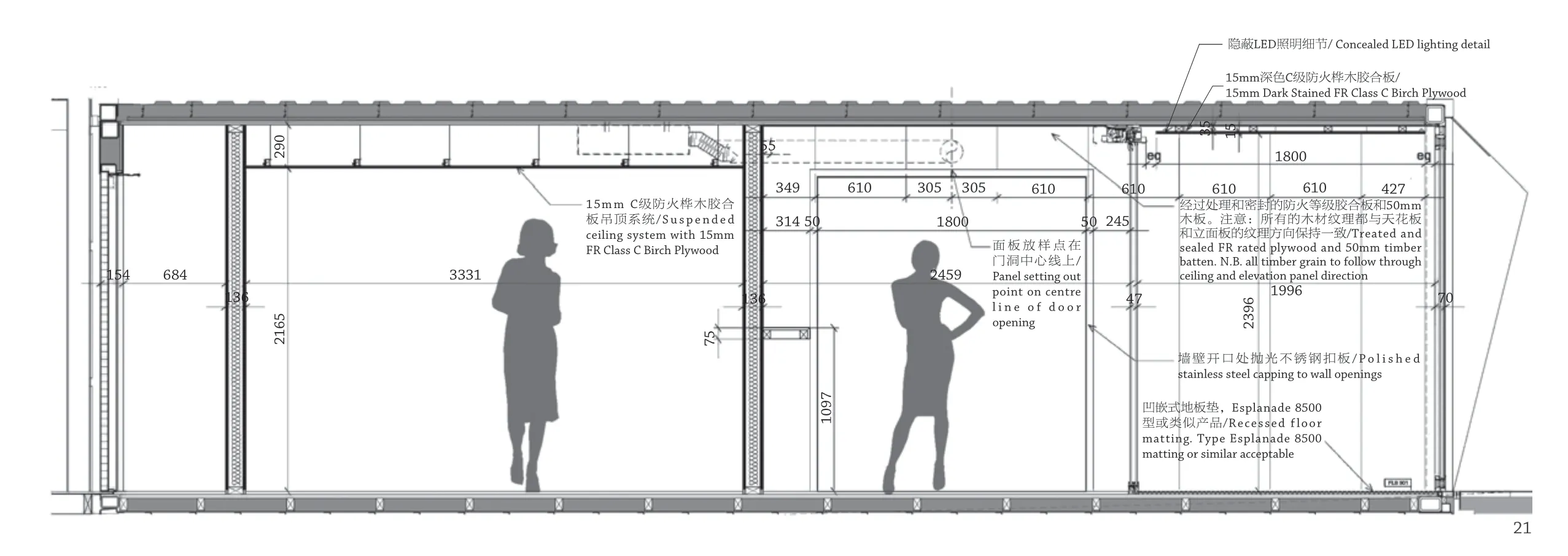
图21 首层剖立面细部/Sectional elevation detail of ground floor

